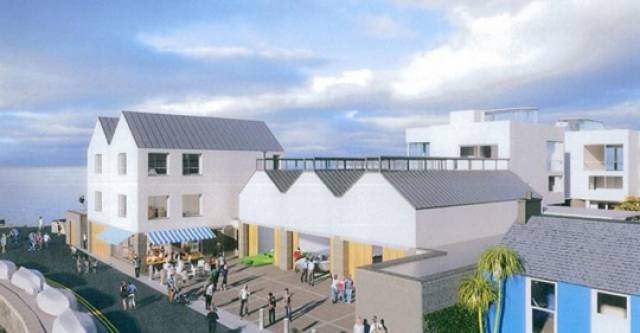Dublin Gazette writes, that the Bulloch Harbour Preservation Association has announced it has begun fundraising to file for a judicial review of An Bord Pleanala’s (ABP) decision to grant planning permission for a property development on Bulloch Harbour.
Earlier this month ABP granted permission to Bartra Capital Property Group to build three, three storey villas, two apartments as well as number of other buildings such as a café on the iconic south Dublin harbour.
At the time of the decision, Bartra CEO Mike Flannery said this “marks a positive day for Bulloch Harbour and Bartra looks forward to enhancing the environs of Bulloch Harbour on the back of this decision.”
However, local residents who have opposed the development since Bartra originally submitted its proposals have announced they will be attempting to file for a judicial review of the granted planning permission.
In a statement, the association said: “We have been inundated with communications by the members of the public expressing their amazement, disbelief and outrage at the findings of ABP.
For more on this coastal development click here.

























